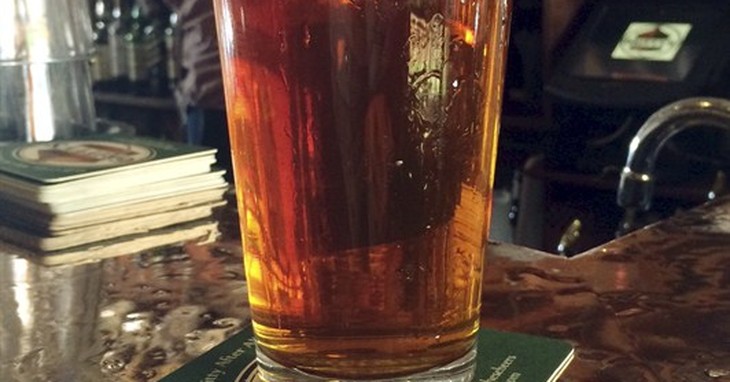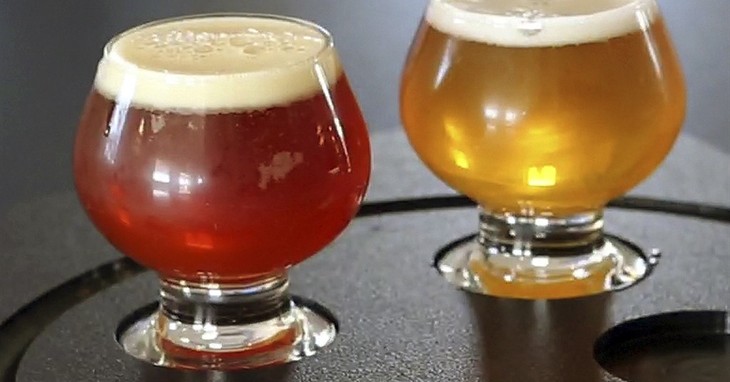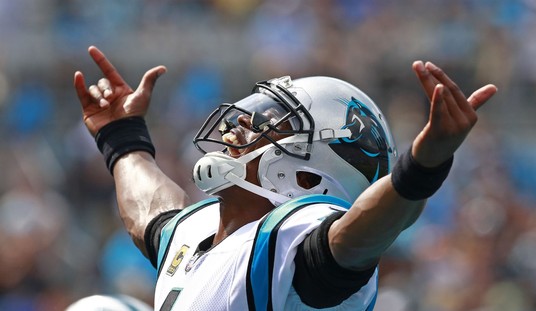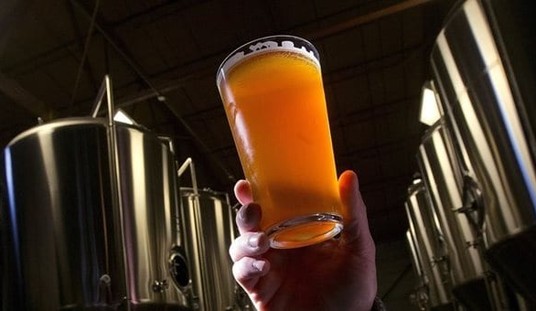Today is International Beer Day, not to be confused with April 7, which is when the U.S. celebrates its own National Beer Day. This is in celebration of the passage of the Cullen-Harrison Act, a pre-emptive move towards repealing prohibition that allowed beer to be sold with an alcohol content of 3.2%. As for the significance of this date on a global stage…who knows. It was devised here in the U.S., and is celebrated on the first Friday in August.
Who cares as to why, the main purpose is to not only do your share of foam-sucking but to venture forth and sample some variations of brew you might not normally try. Expanding your taste horizons is something always encouraged in this space and in that vein, it is notable that some newly recognized beer styles have emerged. The announcement was made in February that there have been four new types of beer discovered!
It’s not like you need an excuse, but now you have one.
Go sample something new you normally would not sip. pic.twitter.com/DGWyRcQ58V— Brad Slager – In Trouble More Than Pres. Biden (@MartiniShark) August 6, 2021
Okay, that is not entirely true. What has taken place is that The Brewers Association has decided it will formally recognize these styles, and by their becoming codified will serve as both a guideline for brewers and will establish a standard for judging in beer competitions. They will become accepted for competition in the 2021 Great American Beer Festival. This is a good thing, because the list of official beer styles had been getting rather thin. (Yes, yes – I tossed a dollar into the sarcasm Tip Jar.)
These recognized types of beer are by no means new. The reason for the current inclusion is that they are becoming more widely available in the marketplace, and with that scope developing it means that multiple entries can take place for the sake of judging. There is ample reason to expect participation. Just as an example in 2019 (since last year’s GABF was virtual, and truncated) there were 107 categories judged, with 323 medals distributed. So what are these newly accepted beers?

Kentucky Common Beer
This is a truly American style and a deeply regional one, as the name would suggest. This is a lighter ale, with an alcohol body that is typically below 5%, with a coppery appearance. It trends more like a cream ale with a distinct malt character. So, where has it been all this time? First developed in the mid-1800s it has a curious mash bill with 6-row barley being joined with an amount of corn. Then some caramel and dark malts were added, the thinking being this was done to offset the alkaline water in the Louisville region.
Kentucky Common was regarded as a working-class brew, but was also wildly popular in the area. It was cheaper to make so it appealed to the laboring set, and it could be made on the quick; it is said that you can begin brewing this style and get it into bottles or bars in less than 10 days. Prohibition literally killed off this beer but craft brewers have discovered this light but complex brew, and not only in its namesake state. Brewers from across the country have been producing their own versions of Kentucky Common.
New Zealand-style Pale Ale / NZ IPA
These options have come about in recent years as there has been a growing interest in the types of hops that are found in this nation. These varietals carry names you would expect from Polynesia, such as Motueka, Wakatu, Wai-iti, Waimea, or Kohatu, to name a few. Heartier in alcohol content they also sport distinctive hops bitterness, especially the IPAs, but trending more in the citrus scale of flavor, and not as piney.
Cellarmaking Brewery, in San Fransisco, offers up ‘Christopher Riwakan‘, made with 100-percent Riwakan hops from the island nation. Many brewers go with a handful of the New Zealand hops in their formula. In Vermont Burlington Beer Company makes ‘Noblebright‘, which uses no less than 6 varieties of hops, or Troon Brewing’s ‘Conteplatio Maoris’, with 5 different hops in its process.

Belgian-style Session Ale
This fourth new entry comes about as the Brewers Association revised much of its Belgian-style categories, based on input from experts of this component of the beer universe. The term “session” is less of a style as it is an adjective, describing beers that are generally lower in alcohol, around 5% and lower. This traditionally does not strike many as being congruent, as the use of Belgian will usually indicate heartier, heavier variations. This will deliver a more potable variable on what many consider to be types of ales to be sipped and enjoyed at a slower pace.
- To add to the shenanigans, go follow me on Untappd, and continue to broaden your beer landscape.















